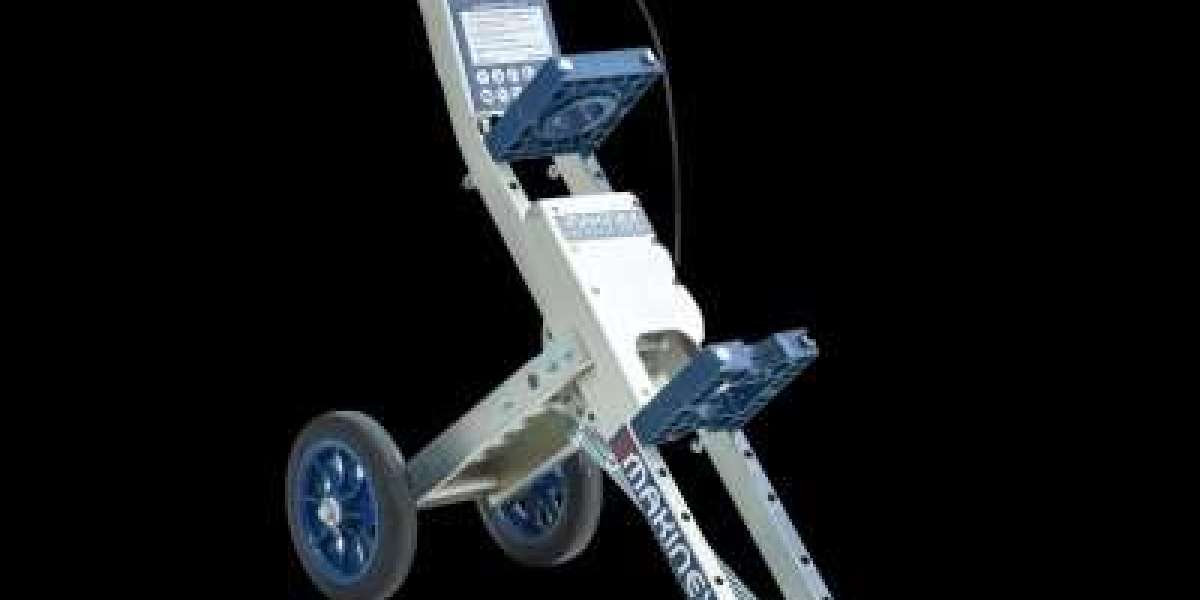Floor scrapers are unsung heroes in the world of cleaning, tackling tough messes that mops and brooms simply can't handle. From sticky spills to stubborn residue, these versatile tools provide the elbow grease needed to restore floors to their original shine. This article will delve into the world of floor scrapers, exploring their types, uses, and how to choose the right one for your needs.
Understanding the Power of Floor Scrapers
Floor scrapers are designed to remove adhered debris from hard surfaces. They utilize a sharp blade, typically made of metal or plastic, attached to a handle. This combination allows for concentrated force to be applied directly to the problem area, effectively lifting and scraping away stubborn substances. Unlike mops which primarily absorb and wipe, scrapers physically dislodge material, making them indispensable for certain cleaning tasks.
Types of Floor Scrapers
The world of floor scrapers isn't one-size-fits-all. Different designs cater to specific needs and applications.
Handheld Scrapers
These compact scrapers are ideal for small, targeted cleaning jobs. They are easy to maneuver and offer precise control, making them perfect for removing stickers, paint splatters, or dried food from countertops, windows, and floors. Handheld scrapers often feature replaceable blades, ensuring long-term use.
Pole Scrapers
Pole scrapers extend your reach, making them suitable for larger floor areas and hard-to-reach spots. The long handle allows you to apply pressure without bending over, reducing strain and making cleaning more efficient. These are frequently used for removing construction debris, dried adhesive, and other stubborn messes from floors and walls.
Heavy-Duty Scrapers
For the most challenging cleaning tasks, heavy-duty scrapers are the weapon of choice. These robust tools are built to withstand rigorous use and often feature wider blades and more substantial handles. They are commonly employed in industrial settings and for removing tough substances like hardened glue, grout, and thick layers of grime.
Choosing the Right Floor Scraper
Selecting the appropriate floor scraper depends on several factors, including the type of mess you're dealing with, the size of the area to be cleaned, and the surface material.
Consider the Task
Are you removing a small sticky spill or tackling a large area of dried paint? For small, localized messes, a handheld scraper will likely suffice. Larger areas and tougher messes call for the extended reach and power of a pole or heavy-duty scraper.
Evaluate the Surface
Certain surfaces are more delicate than others. While metal blades are effective for removing tough grime, they can scratch softer materials like vinyl or wood. Consider using plastic blades on sensitive surfaces to minimize the risk of damage. Always test the scraper in an inconspicuous area before proceeding with the full cleaning job.
Think About Ergonomics
If you're facing a large cleaning project, comfort is key. Choose a scraper with a comfortable handle and consider the length of the pole if you're cleaning floors. A well-designed scraper will minimize fatigue and make the job easier.
Tips for Effective Scraping
Using a floor scraper effectively involves more than just pushing it across the floor.
Soften the Mess
For particularly stubborn messes, consider softening the residue before scraping. Applying warm water or a suitable cleaning solution can help loosen the material, making it easier to remove.
Angle and Pressure
Hold the scraper at a slight angle and apply firm, even pressure. Avoid excessive force, which can damage the surface. Start with gentle scraping and gradually increase pressure as needed.
Replace Blades Regularly
Dull blades are less effective and can increase the risk of scratching. Replace blades regularly to maintain optimal performance and prevent damage to your floors.
Maintaining Your Floor Scraper
Proper maintenance will extend the life of your floor scraper.
Clean After Each Use
Remove any debris from the blade after each use. Wipe the blade and handle with a damp cloth to prevent buildup and corrosion.
Store Properly
Store your scraper in a dry place to prevent rust and damage. Consider hanging it up to keep it off the floor and out of the way.
Conclusion
Floor scrapers are indispensable tools for anyone who wants to maintain clean and pristine floors. From small household spills to large-scale industrial cleaning, these versatile tools offer a powerful solution for removing stubborn messes. By understanding the different types of scrapers available and choosing the right one for your specific needs, you can conquer the grime and restore your floors to their original beauty. With proper use and maintenance, a floor scraper can be a valuable addition to your cleaning arsenal for years to come.
Visit the official website of intafloors.com.au



